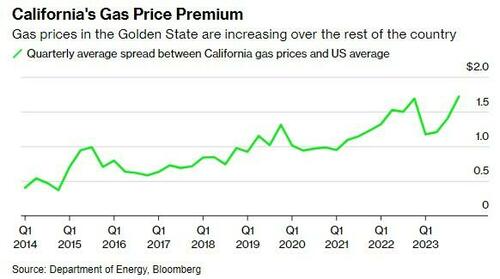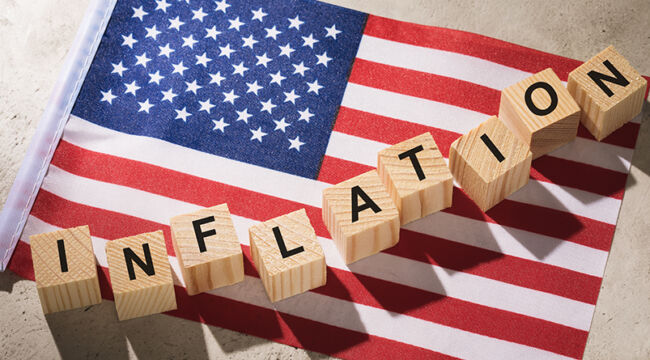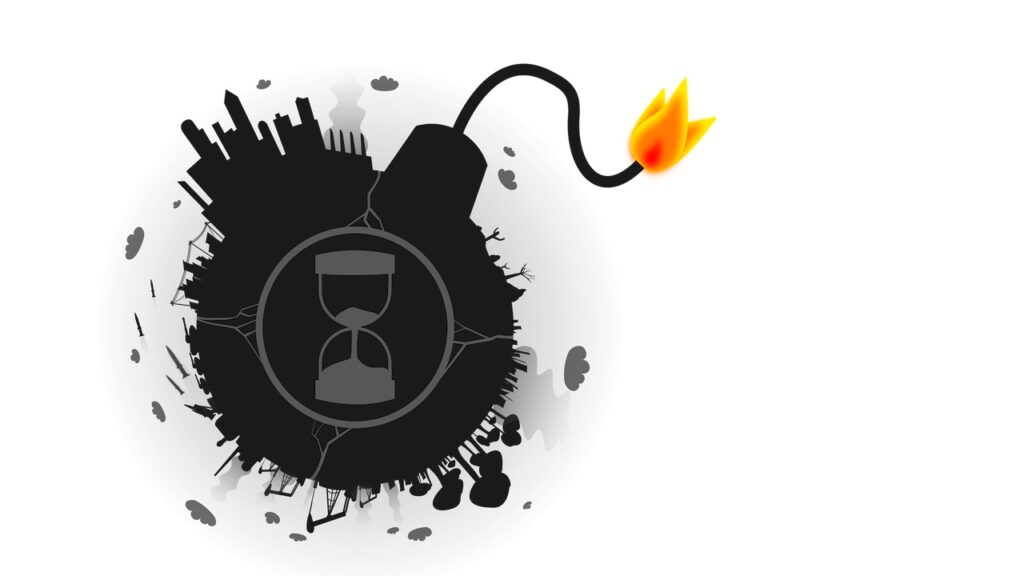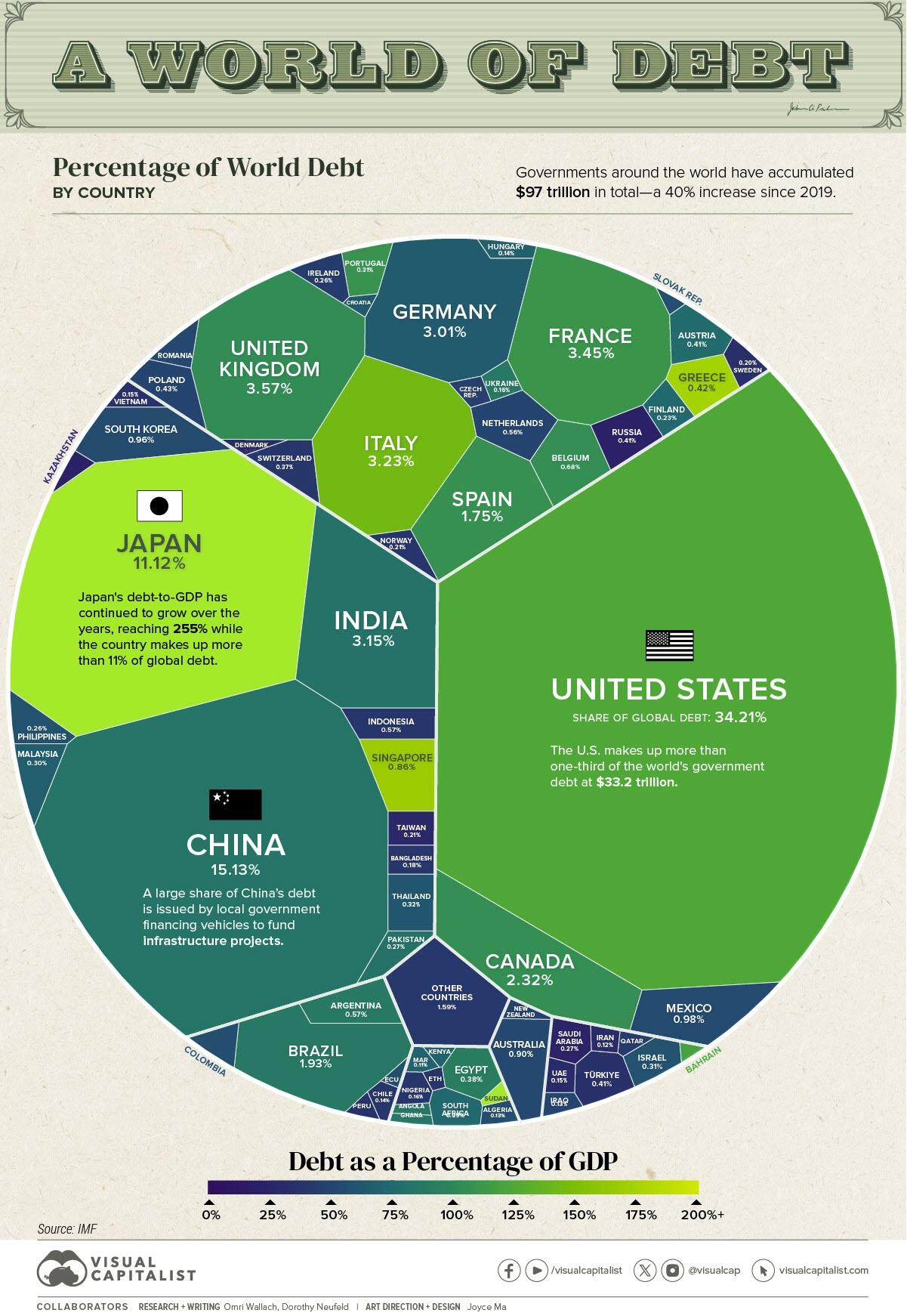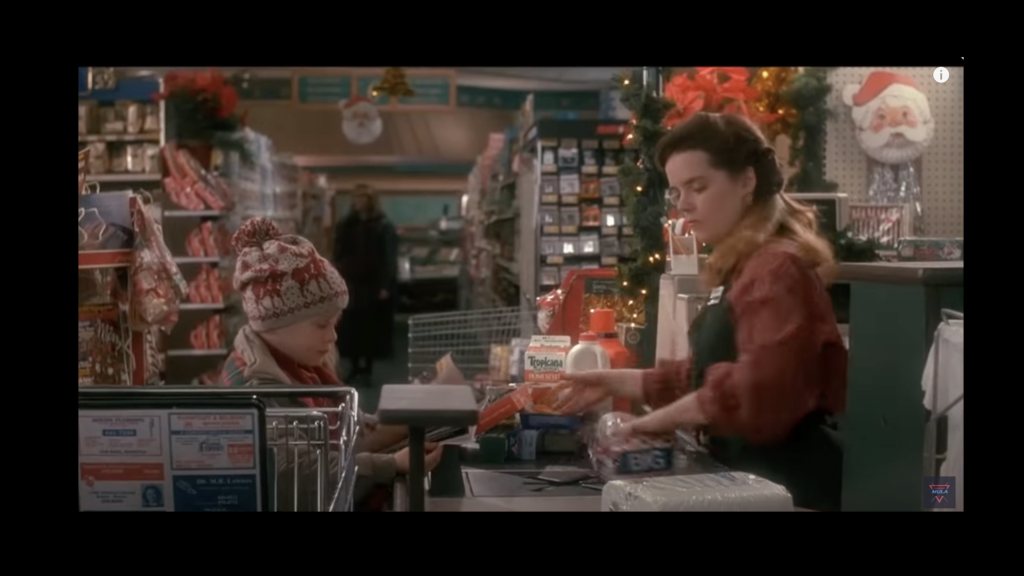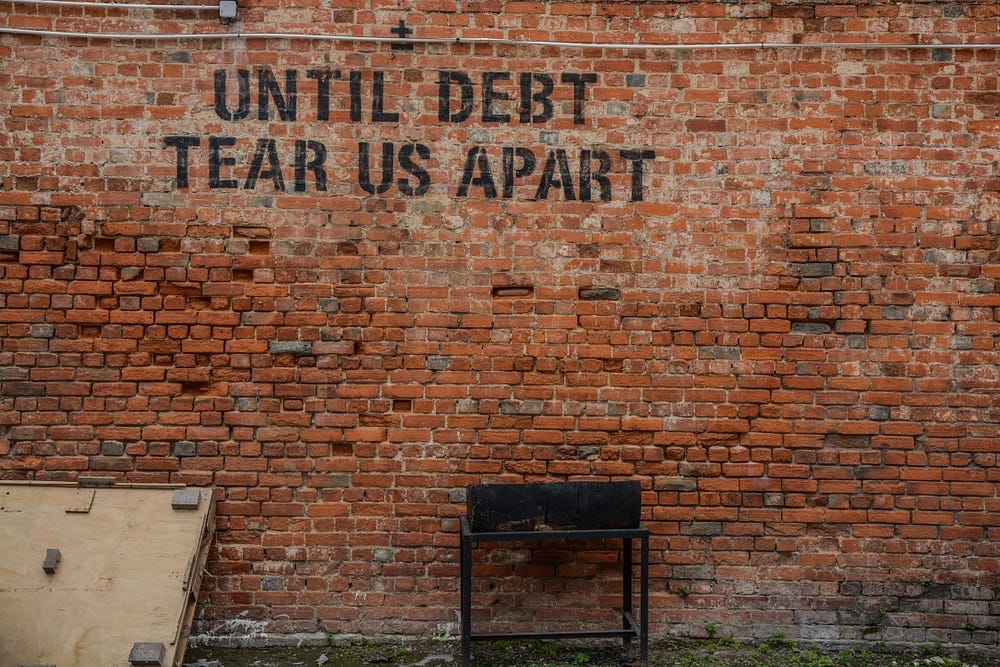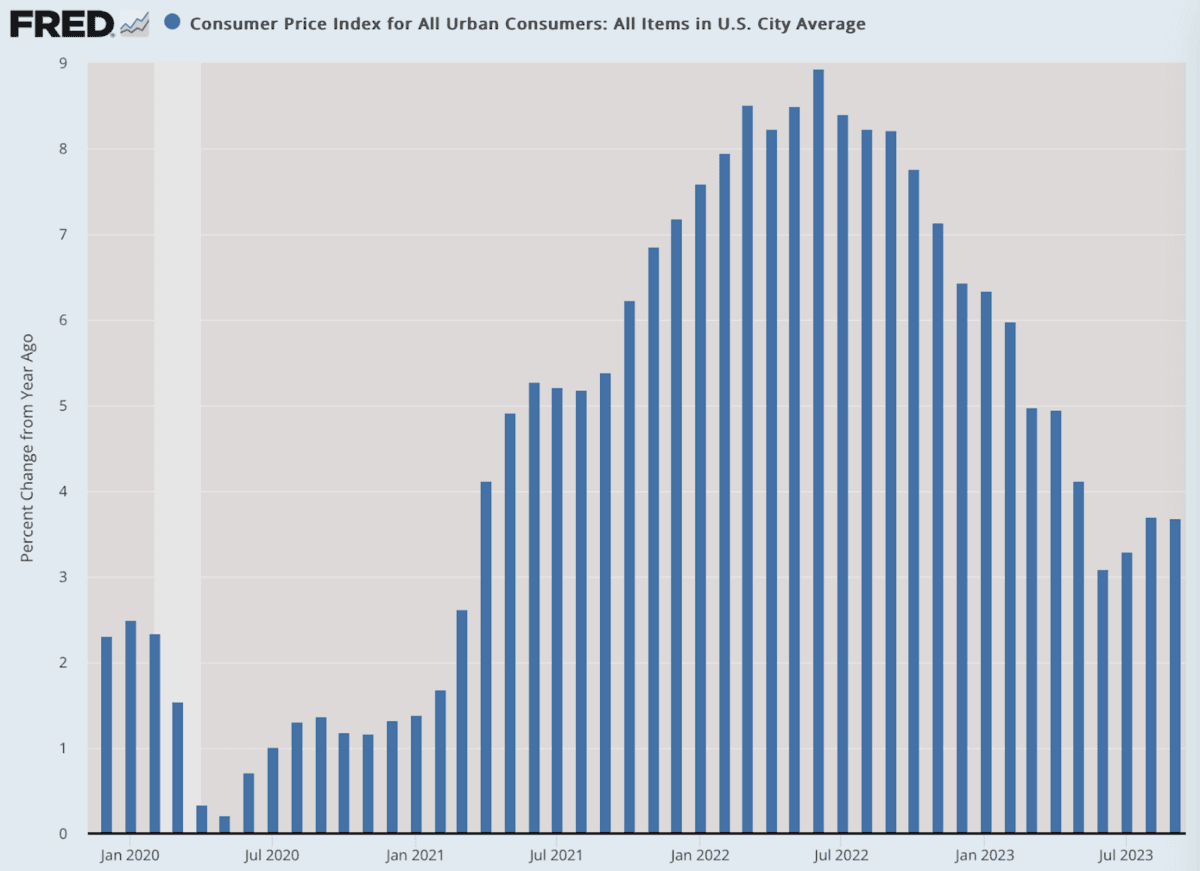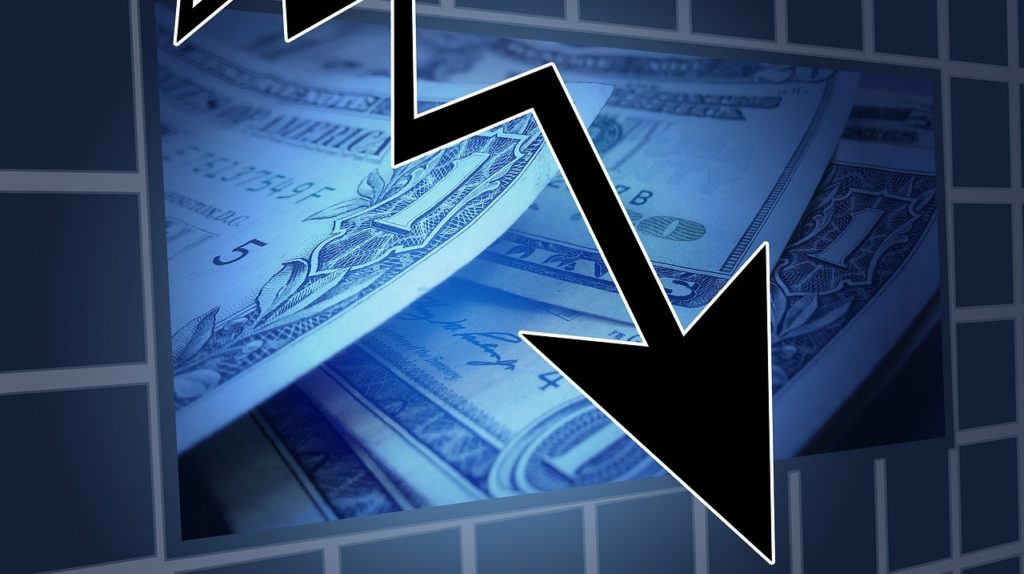If only the tragedy that is unfolding in Ukraine would be a catalyst for our ‘leaders’ to highlight our existential vulnerabilities to the complex systems we have come to expand and depend significantly upon but, alas, I fear this crisis, as always seems to happen, is being leveraged by our ruling class[2] to benefit themselves primarily, not the vast majority of people. A few of the items this latest geopolitical event is being used to rationalise/justify include: the creation of more fiat currency and government spending (most of which will find its way into their investment portfolios); the expansion of the surveillance state (especially focused on those who question or challenge government diktats); as a foil to blame increasing economic and social woes upon (so as to keep their policies and behaviours that have contributed to these problems out of the light of day); as a reason to expand significantly and speed up tremendously our transition to ‘clean’ technologies, or the opposite — the expansion of legacy energy extraction (both of which whose necessary financial and industrial processes are owned/controlled by them); as rationale to expand narrative control/censorship (particularly of viewpoints/perspective that challenge or question the mainstream storyline); etc..[3]
I have zero faith that our governments at any level have solid plans to reduce or even mitigate the chaos of overshoot beyond attempts to keep the various Ponzis they preside over going as long as and in whatever manner they can. More than likely their approach will be to persuade the populace in the name of ‘patriotism’ and other such emotional trigger points to make increasing ‘sacrifices’, mostly in the form of increased taxes[4] but also in terms of weakened or diminished expectations as far as the ‘benefits’ that might accrue from further investments in complexity[5].
I’ve come to believe that the ruling class’s primary motivation is the expansion/control of the wealth-generation/-extraction systems from which they derive their revenue streams, and thus their power and prestige. Everything they do, from policy to legislation to censorship, first and foremost serves to meet this primary catalyst. Everything. It is all marketed differently (in fact, the opposite most of the time) but ultimately it supports or extends upon their primary consideration.
While the future is impossible to predict, the past suggests that as we fall down the Seneca Cliff of resource availability we will witness a continuation (perhaps even speeding up) of the flow of declining resources up the power and wealth structures inherent in our complex societies rather than down them as the ruling class purports to be pursuing. This will, however, be spun (as it has been throughout history), and increasingly so, in true Orwellian fashion as beneficial for the masses and necessary to keep our complex systems functioning. I suppose in a sense it is true that growth must continue to be pursued but this is primarily because of the Ponzi-like structure of our financial and monetary systems[6].
I see this very clearly in my home region north of Toronto where expansive growth is being not only cheered on by our ruling class but increasingly marketed as the only real means of addressing our various predicaments, especially economic expansion. Growth is progress and only beneficial is the common refrain. We need to expand in order to increase revenues and ensure equity. We can grow sustainably[7] without negatively impacting the environment. We have strong and unfaltering supply chains.
There is zero recognition of resource limits or they are waved away as environmental neuroses and/or doomsday conspiracies. Whatever issues might arise can be countered via more growth. The fact that our population of close to 15 million relies upon around 80+% of its food needs via fragile, long-distance supply chains while we continue to pave over our limited arable lands matters not[8]. ‘Sustainable’ growth ensures our prosperity and must be pursued.
As long as we have a ruling class that holds to the historical tendencies to place their interests above that of their constituents, then we have a situation where mitigation/adaptation will only be prevalent in the narratives spun, not the actual actions taken. I see this so clearly in the attempts to sustain the unsustainable via stories about ‘net zero’ growth and a post-carbon transition to ‘clean’ energy. The ruling class profits immensely from these narratives as they own/control the financial institutions and industries needed to fund and produce these technologies. It doesn’t matter that they do not in any way, shape, or form do what they are marketed as being able to accomplish.
Infinite growth (even sustaining our current world complexities) is not possible on a finite planet. Never has been. Never will be. Techno-cornucopian ‘solutions’ only serve to make the rich richer and the coming collapse from ecological overshoot all the more spectacular.
Readers are encouraged to focus on relocalising the basic aspects of living (i.e., potable water procurement, food production, and regional shelter needs) as much as possible and reconnect with community members who will be your primary supports as things go increasingly sideways. Do not put your faith in our so-called political ‘leaders’. Despite their propaganda, they do not have your best interests at the top of their agendas; if such an incentive even makes the agenda except perhaps around election time when the marketing of more, more, more really blossoms. Because, you know, more is in your best interest…only it’s not.
[1] Full disclosure: the articles align very much with my own thinking and so serve to confirm my own interpretive biases.
[2] It’s not just our ruling class that is using the situation to benefit from. There are numerous grifters leveraging it as well.
[3] These are a continuation of trends that have been taking place for decades (centuries), most recently with the coronavirus pandemic.
[4] Especially in terms of that ‘hidden’ tax, price inflation — that will be blamed on everything, particularly the ‘enemy’, but their expansion of debt-/credit-based fiat currency and diminishing returns on our resource-dependent complexities; and I expect intensified manipulation of the reported statistics pertaining to price inflation as part of the narrative control taking place, even more than the current obscene and increasing levels.
[5] I highly recommend reading archaeologist Joseph Tainter’s book The Collapse of Complex Societies to get insight into how diminishing returns on investments in complexity seems to be the underlying cause of a complex society ‘collapsing’. You can access my personal summary notes to this and a handful of other books here.
[6] Very, very few people want to destroy the illusion that our financial/monetary systems are robust and NOT Ponzi-like in nature as we are all embroiled in it. But once confidence in such schemes is lost it is only a matter of moments before the entire edifice collapses. I can only imagine the chaos that would ensue once a tipping point of people come to realise that these systems are held together by duct tape and prayer (and A LOT of lies).
[7] The idea of ‘sustainable’ growth is one of those oxymorons that drive me crazy–’clean’ or ‘green’ energy being another. Such language manipulation is quite purposeful as a narrative control mechanism and needs to be highlighted every time it occurs. It significantly distorts one’s perceptions of what is and what is not possible on a finite planet.
[8] The overwhelming majority of Ontario’s prime agricultural land is dedicated to modern industrial agriculture in order to grow corn and soybean for products that do not, for the most part, feed its population.





